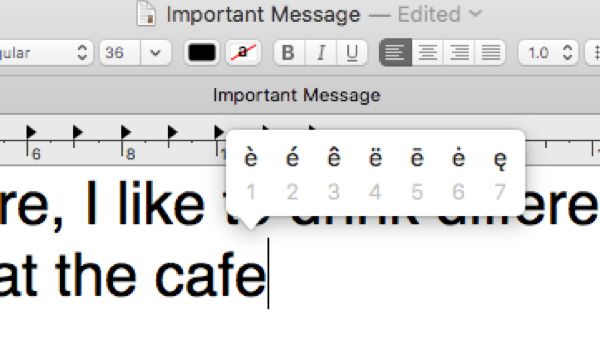Ocean fishing mac os. MasterBoneco,
After installing macOS Catalina, you may notice your Mac is a bit sluggish when starting up. Be aware that the first time you start up your Mac after upgrading to Catalina or any new version of the Mac OS, your Mac may indeed experience a slow startup. Each OS update brings a bunch of useful under-the-hood improvements, some of which may boost performance. To access them, you need to upgrade the system on your Mac. Open the App Store, tap. Your first step in setting up a mail merge is to pick the source of data you'll use for the personalized information. Excel spreadsheets and Outlook contact lists are the most common data sources, but if you don't yet have a data source, you can type it up in Word, as part of the mail merge process.
OS X, Windows, and Linux all use different hard drive formatting for normal system operations. A hard drive format refers to how the operating system stores the data on the drive. There are three common filesystems that are used today: HFS+, NTFS, and FAT32. Mac OS X uses HFS+, Windows uses NTFS and used to use FAT32.
boot your MacBook Pro into Recovery mode by holding down a Command key and the R key as it starts up. Once the Mac OS X Utilities menu appears, select Disk Utility. On the left-hand side of the Disk Utility window, select your internal disk's boot partition (typically called 'Macintosh HD'). On the right-hand side, press the Verify Disk button if it's not greyed out; if it is greyed out, or if it reports that errors were found, press the Repair Disk button. Once the verification/repair is completed, exit Disk Utility and select Restart from the Apple menu to restart in normal mode. Is it still extremely slow? Sullen mac os.
Os Speed Tools

Os Speed R2104
Feb 13, 2014 1:15 AM
